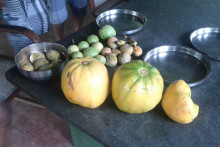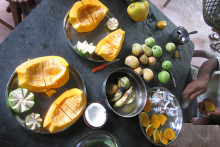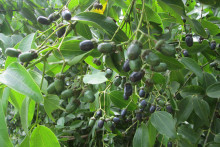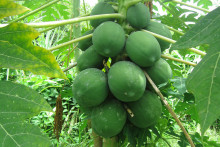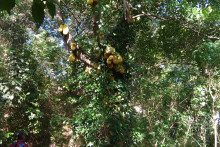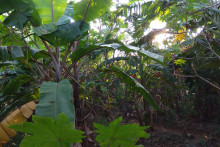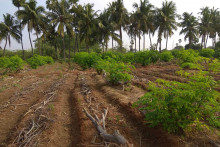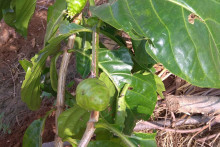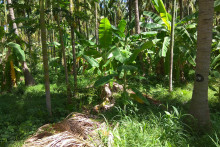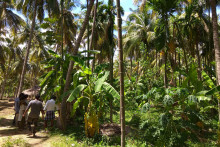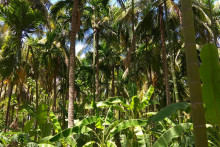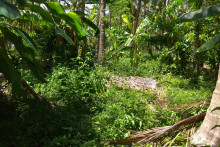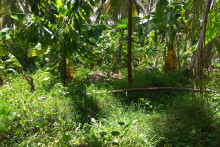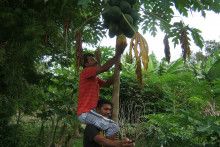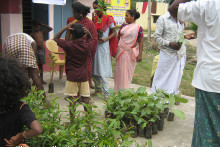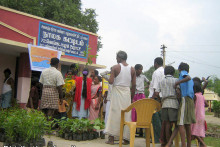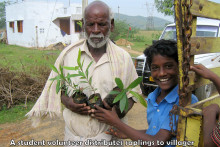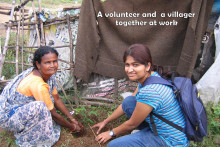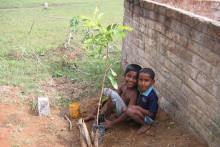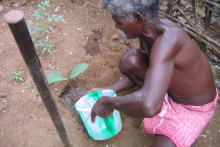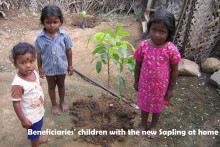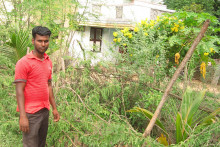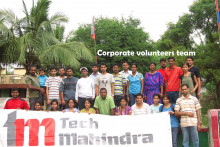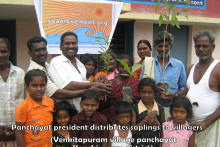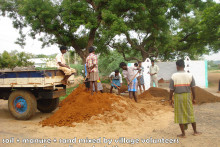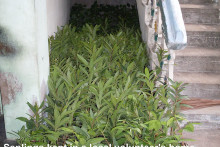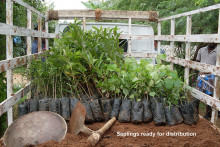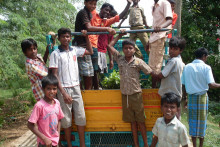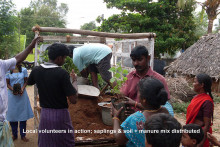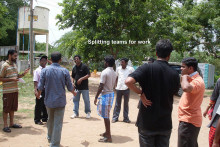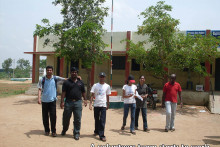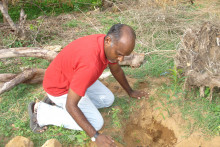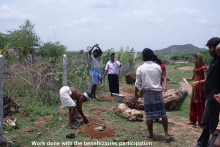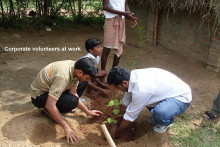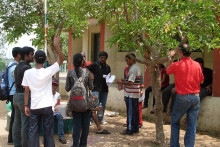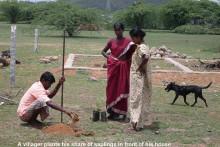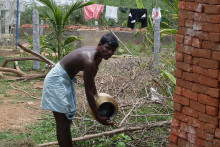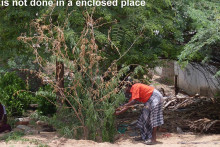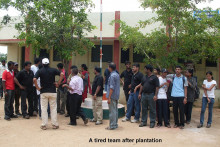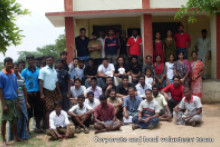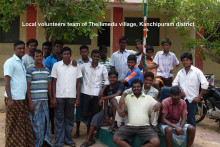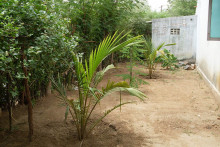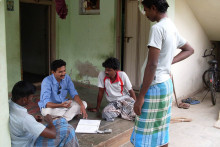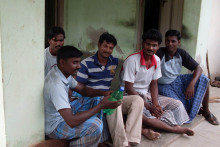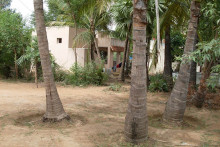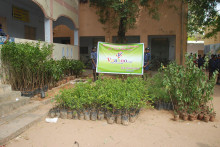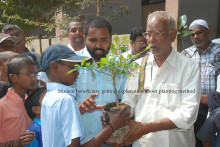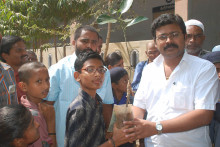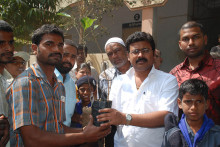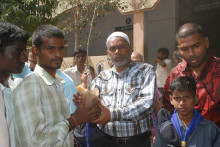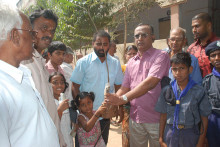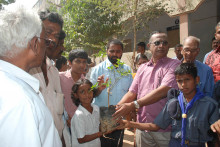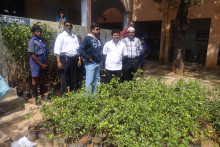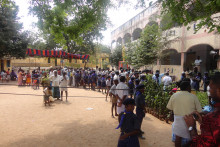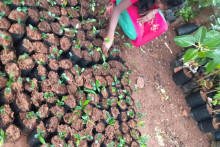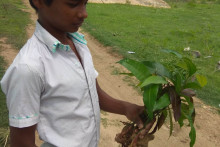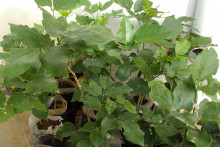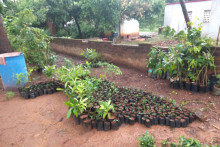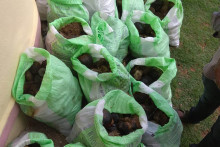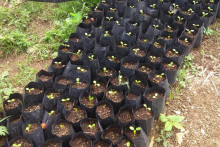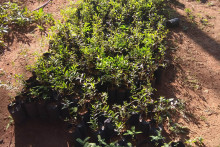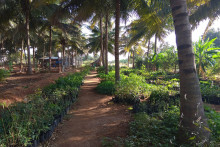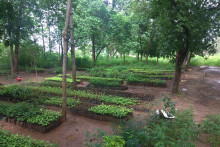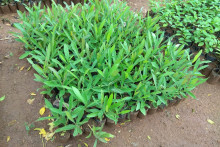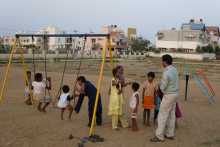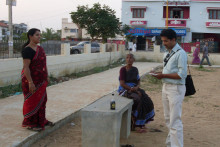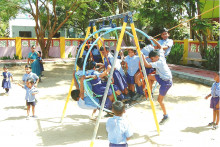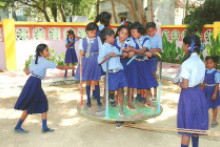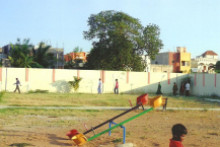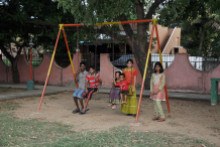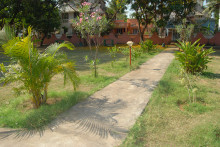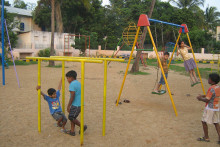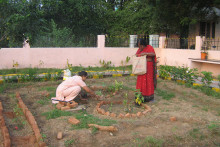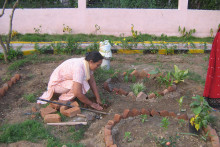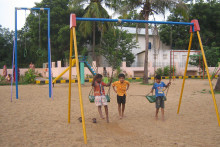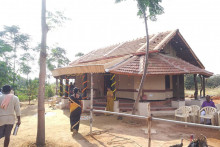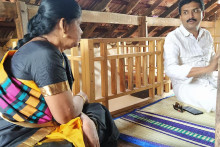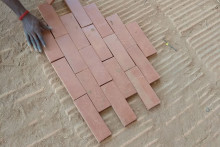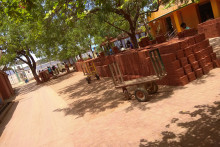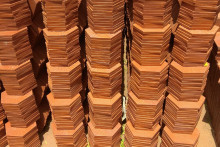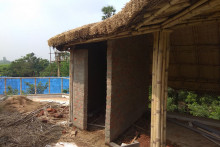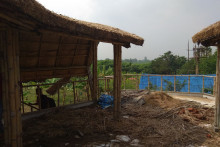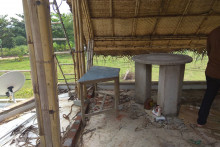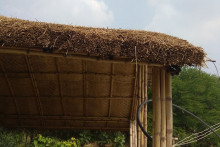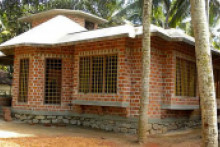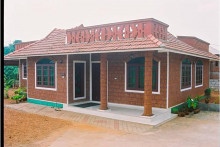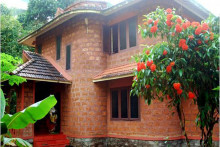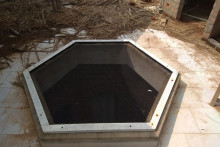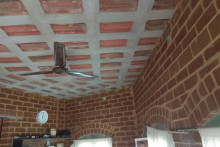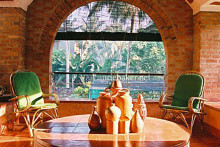Before going into CMP, let’s see the problems in regular cultivation model:
- lack of labour force
- decreasing underground water table
- deficit and unseasonal rainfall
- low price for the produce cultivated
- change in climate conditions
- electricity woes
- middle men fee
- fertilizer issues
In India, between year 2000 and 2009, 80 lakhs families had quit Agriculture as their profession.
Instead of regular food crops, farmers are moving to various other cultivations such as Timber trees, fruit bearing trees, medicinal plants, coconut trees and bio fuel crops which need less maintenance and labour. Major food crops production is getting declined. Food prices are going higher. Cost of Rice, Pulses, Milk, Sugar, Egg, Vegetables, etc. are already shot up. This’ll happen to other items also in the near future.
If the cultivation of food crops still goes down, where will we go for food? We can import from other countries. If the other country may also face similar issues and stops export to us, then? Hence thinking on the alternative lines will bring some light to this big issue. One such idea is CMP.
Critical mass production (CMP), the term is coined to express that the situation is very critical and production should be done by masses instead of trying mass production.
We all know what mass production is! If we need to produce 1000 kgs of mushroom every day, you need to find out a place, make infrastructure, need employees & labours, capital, time & effort, etc. This is mass production since we intend to produce a large quantity of 365 tonnes mushroom every year. Now let’s look at CMP model. Instead of producing it under a single head, we spread it across 500 individual households where there is a need for improving their livelihood. Now an individual household should produce 2 kgs mushroom every day which leads to 1000kgs harvest.
A SHG model can be developed and training can be given in production, procurement, marketing and sales. Here the benefits being less money, minimum infrastructure, less time, no labours and less effort. This also can extend to form a social entrepreneurship model.
Instead of mushroom, we can also produce other food items. It could be a timber tree to reduce deforestation, or a food crop like Drumstick, Lemon, Papaya, Amla to feed the growing population with nutritive food and to meet out the decreasing food cultivation, or a bio fuel tree like Punnai, Pungan to meet the energy needs or livestock development, backyard poultry etc.
The idea is to make every individual to utilize the space in their household for production so that we can shoulder some responsibility of the great farmers who really feed us every day.
As a pilot model, we had planted 2400 saplings in the front space and backyards of 600 households across 4 villages in Kanchipuram district. The survival ratio of saplings is 77% after one year. Our plan is to duplicate this model to all the villages in Tiruvallur and Kanchipuram districts.















